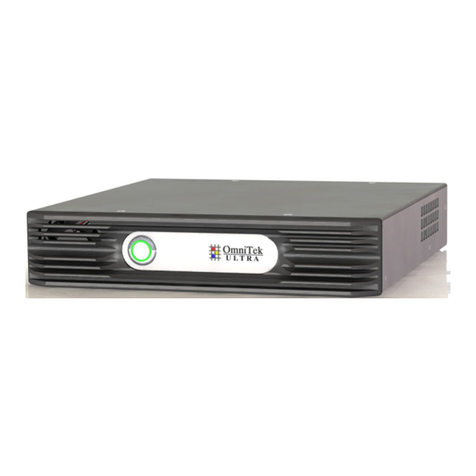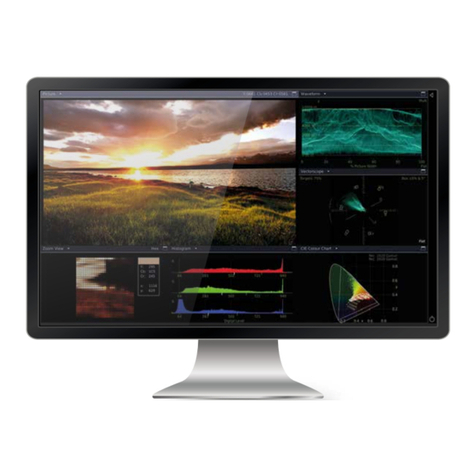Ultra v2.0a User Guide
Contents
Section 1: General
A: Equipment Guide ................................................................................................................. A-1
A.1 Introduction ............................................................................................................. A-1
A.1.1 Safety Statement .............................................................................................. A-1
A.1.2 System Features ............................................................................................... A-2
A.1.3 Front and Rear Panels ...................................................................................... A-4
A.1.4 Instrument Options .......................................................................................... A-5
A.2 Installation ............................................................................................................... A-7
A.2.1 Preliminary steps: ............................................................................................ A-7
A.2.2 Typical Set-Up ................................................................................................ A-7
A.2.3 Set-Up Options ................................................................................................ A-8
A.3 Power Up ............................................................................................................... A-10
A.3.1 Power Requirements ...................................................................................... A-10
A.3.2 Start-Up Procedure ........................................................................................ A-10
A.3.3 Shutting Down ............................................................................................... A-11
A.4 The User Interface.................................................................................................. A-12
A.4.1 Button Bars .................................................................................................... A-12
A.4.2 ‘Properties’ .................................................................................................... A-13
A.4.3 User Interface Controls .................................................................................. A-13
A.4.4 Keyboard Alternatives ................................................................................... A-15
A.4.5 Presets Toolbar .............................................................................................. A-16
A.4.6 Saving Settings etc. to Disk ........................................................................... A-16
A.5 System Information ................................................................................................ A-17
A.5.1 System Details ............................................................................................... A-17
A.5.2 System Facilities ............................................................................................ A-19
A.5.3 Updating to the Latest Version ....................................................................... A-20
A.5.4 Installing Additional Facilities ....................................................................... A-20
B: System Configuration & Control ........................................................................................ B-1
B.1 Inputs, Outputs & Internal Connections: the Connections window ........................... B-1
B.1.1 Making Connections ........................................................................................ B-3
B.1.2 Selecting SDI Inputs ........................................................................................ B-4
B.1.3 Selecting SDI Outputs ..................................................................................... B-5
B.1.4 Using the DisplayPort Output .......................................................................... B-5
B.1.5 Setting the Output Video Standard ................................................................... B-5
B.1.6 Genlock ........................................................................................................... B-6
B.1.7 Interpolation Filter ........................................................................................... B-7
B.1.8 Connections needed to display Picture Images on a Monitor ............................ B-8
B.2 System Configuration .............................................................................................. B-9
B.2.1 Video Parameters ........................................................................................... B-10
B.2.2 System Parameters ......................................................................................... B-12
B.2.3 Licensed Facilities ......................................................................................... B-13
B.3 Presets ................................................................................................................... B-13
B.3.1 Recording Presets .......................................................................................... B-14
B.3.2 Preset Selection ............................................................................................. B-14
B.3.3 Changing the Name of a Preset ...................................................................... B-14
B.3.4 Deleting a Preset ............................................................................................ B-15
B.4 Import/Export of Settings etc. ................................................................................ B-15
B.4.1 Overview ....................................................................................................... B-15
B.4.2 Exporting Presets ........................................................................................... B-15
B.4.3 Importing Presets ........................................................................................... B-16





























